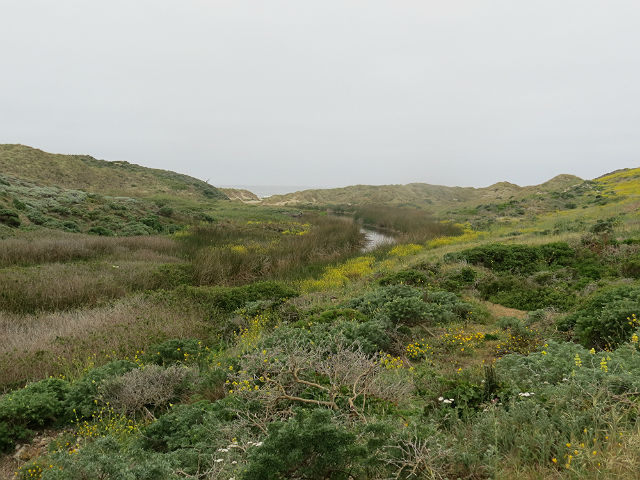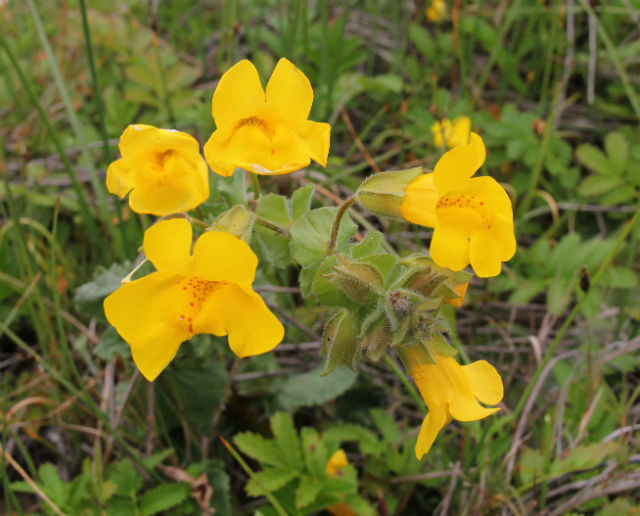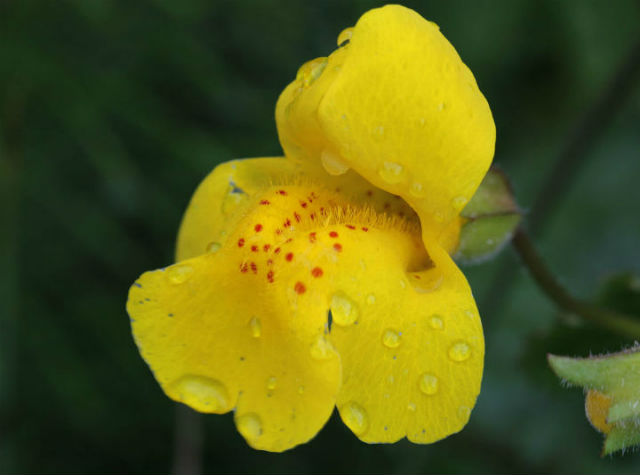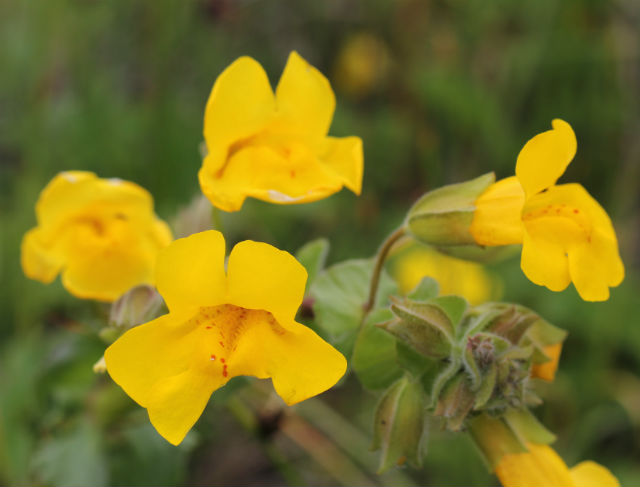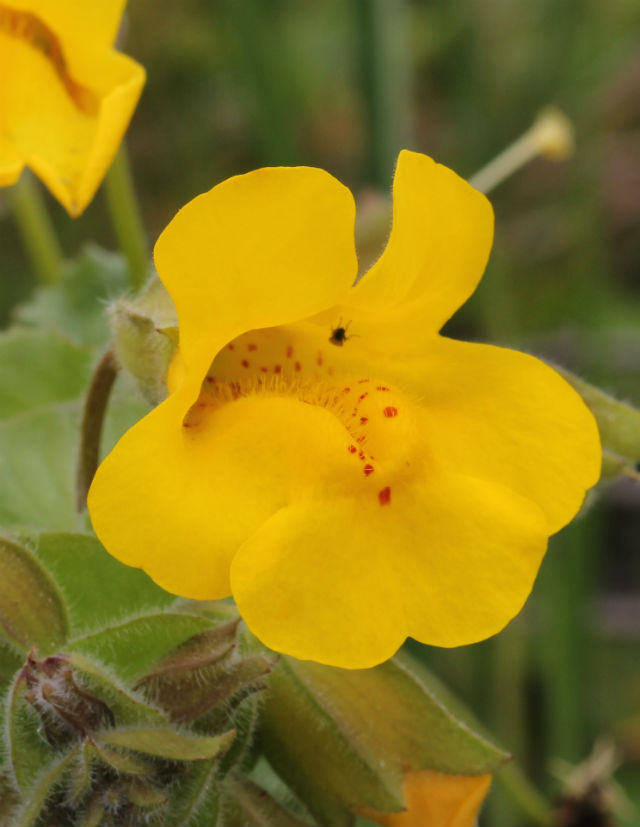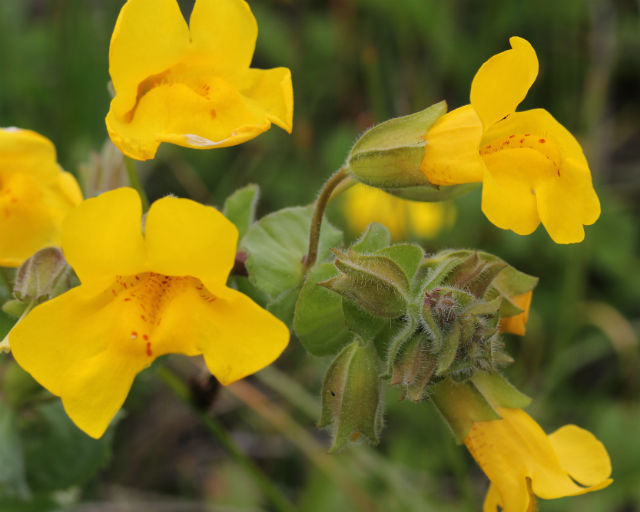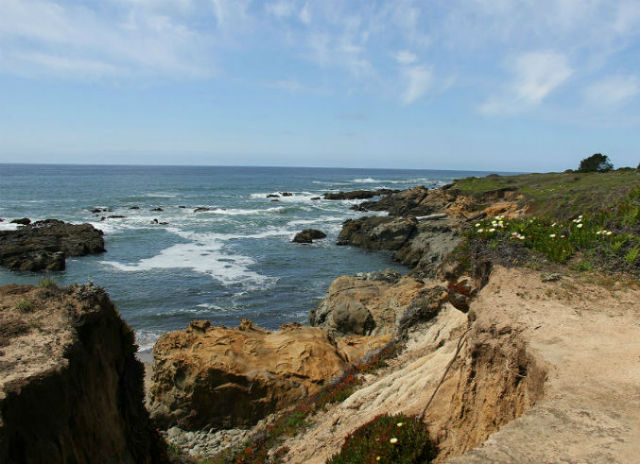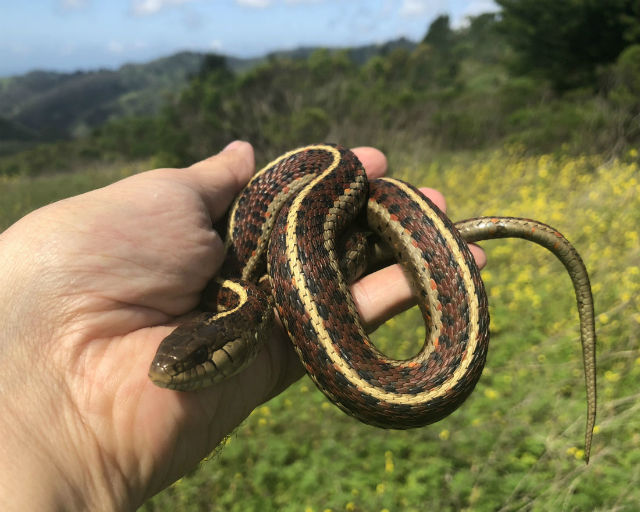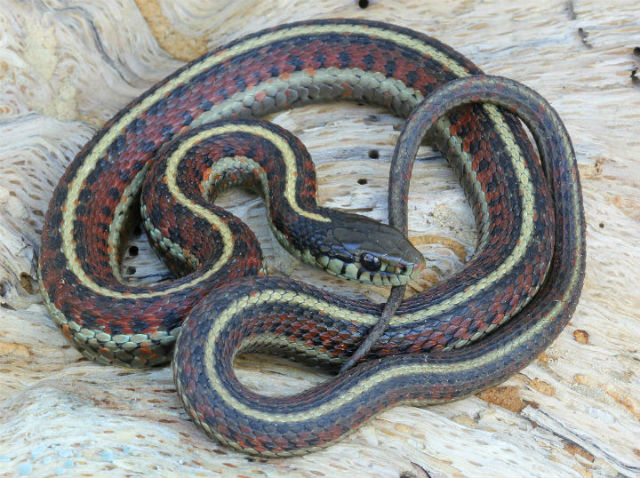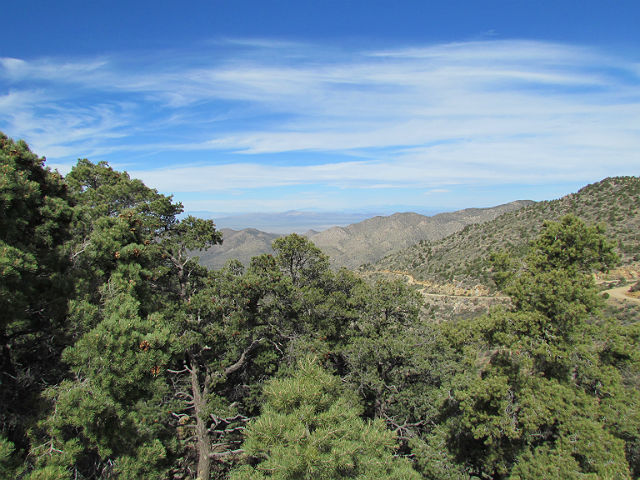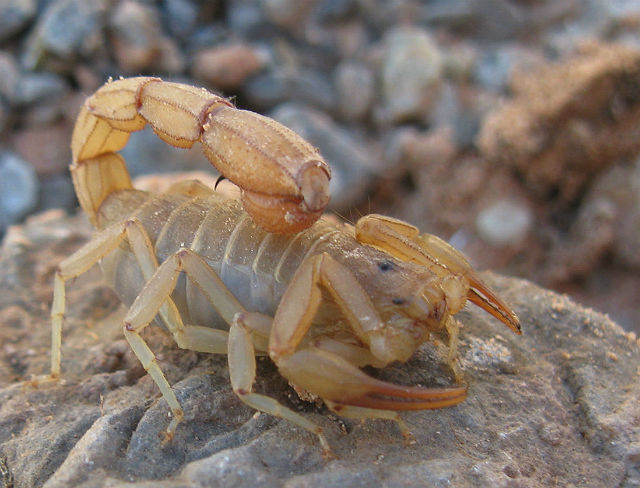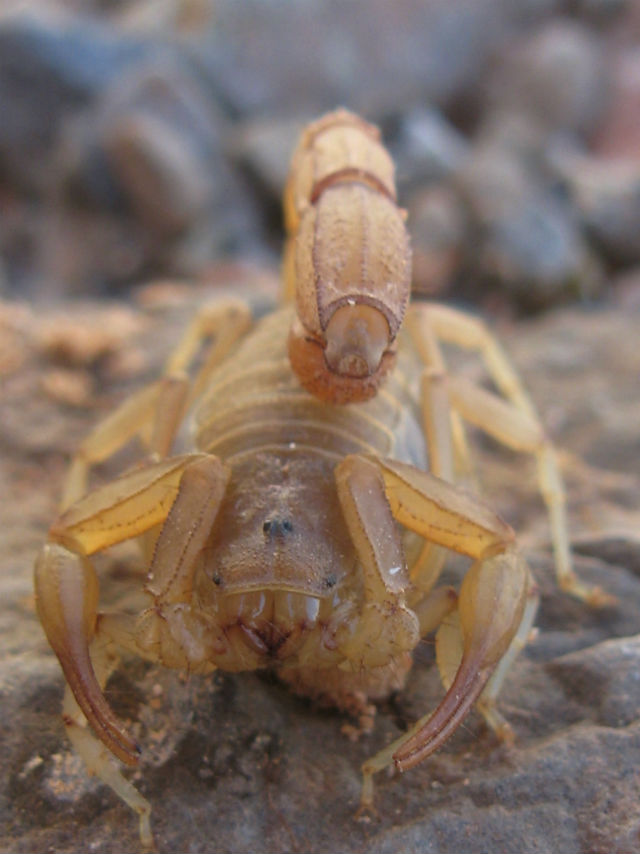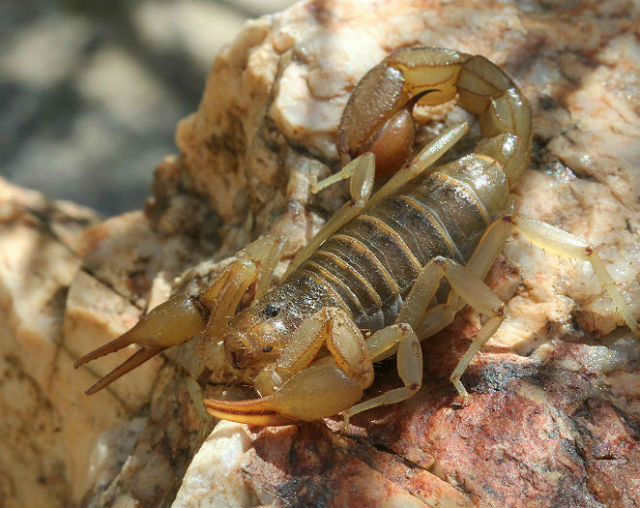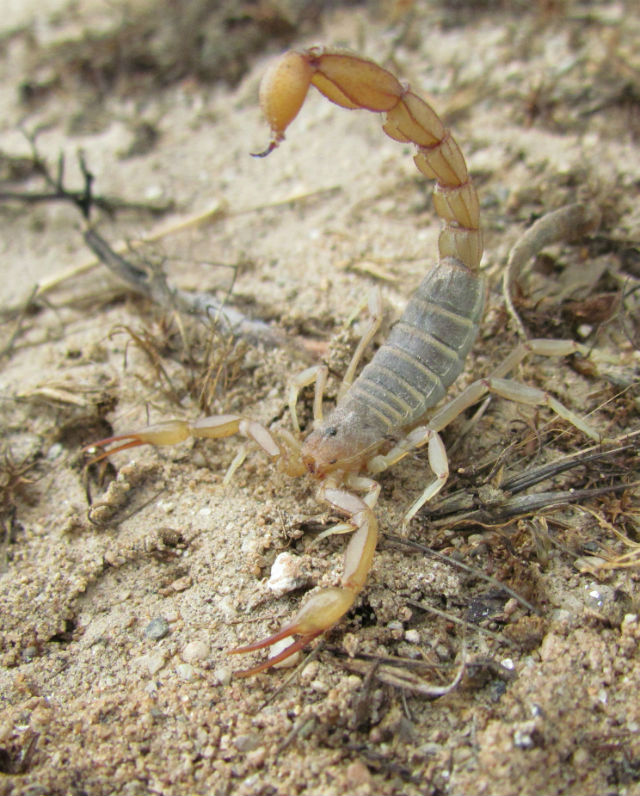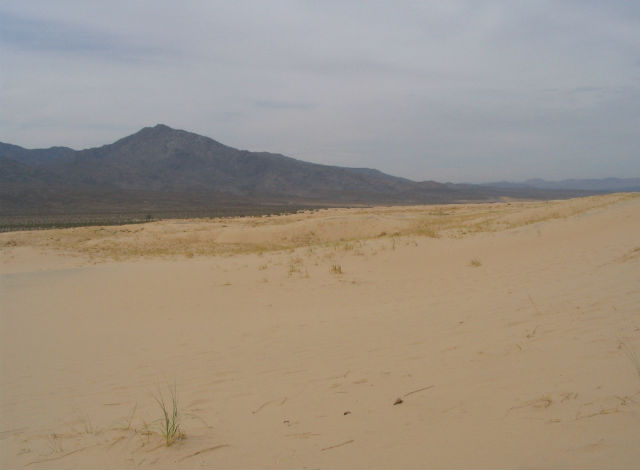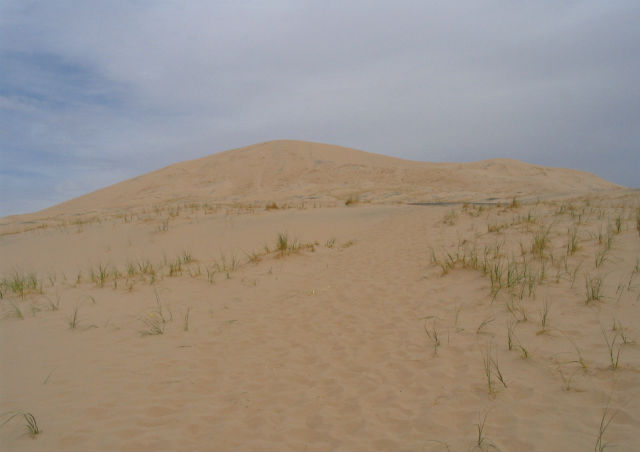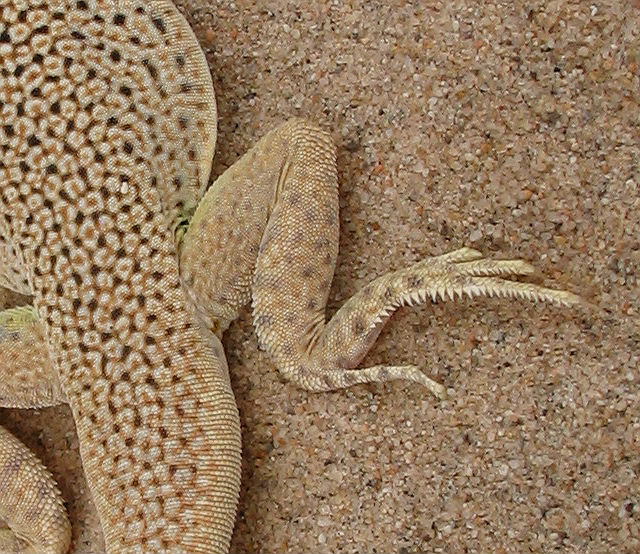I sometimes come across this wildflower while visiting California. It is a member of the figwort family, the same family as Snapdragons, which I grow in my garden. The resemblance is clear.
Yellow Monkeyflower is found in a wide range of habitats, but prefers wet places, including the splash zone of the Pacific Ocean, the chaparral of California, the geysers of Yellowstone National Park and alpine meadows. I see them the most in the Santa Cruz Mountains, where it can be quite misty.
This plant can grow as high as three feet. The flowers have red or maroon spots on the wide, hairy throat of the lower lip petal. Its coarsely toothed leaves are edible and can be eaten raw or cooked; they are sometimes added to salads as a lettuce substitute, though they have a slight bitter taste.
Over the years, Yellow Monkeyflower has been a model organism for studies of evolution and ecology. There may be as many as 1,000 scientific papers focused on this species.
It’s genus, Mimulus, comes from the Latin word that refers to “mime,” a reference to the funny clown-like face the flower resembles. “Monkeyflower” is another reference to the shape of the flower.
Funny or not, this eye-catching bright yellow-flowered plant is a welcome sight while on my travels.

